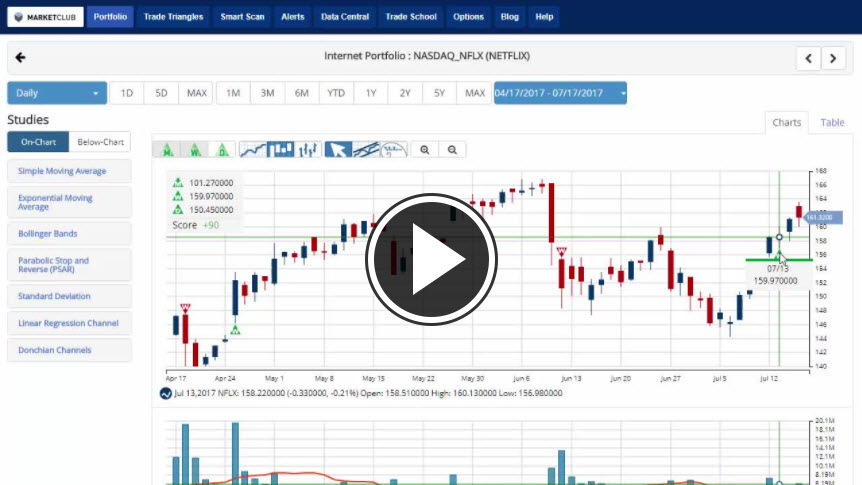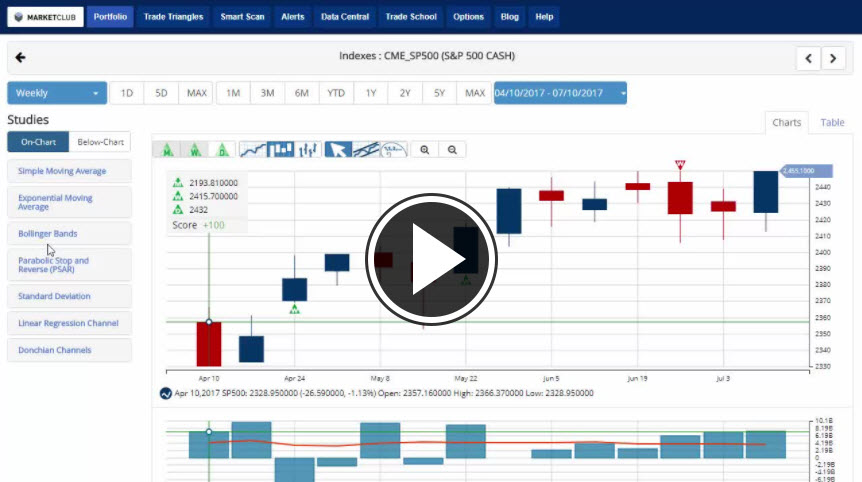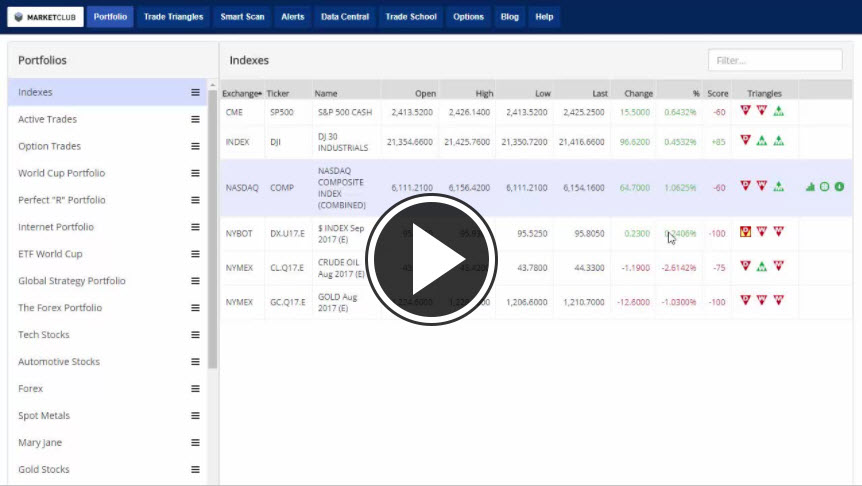
When OPEC announced its agreement 30 November 2016, it pledged to bring its collective ceiling to 32.5 million barrels per day (mmbd), effective 1st of January 2017. At the time, that ceiling included Indonesia, which was in the process of withdrawing from the cartel. The adjusted ceiling, therefore, became about 31.76 mmbd, excluding Indonesia’s 740,000 b/d output.
The deal was extended at the end of May for an additional nine months through March 2018. At the press conference, OPEC president and Saudi energy minister, Khalid Al-Falih, answered a question about the rising production in Libya and Nigeria. He responded by saying that other OPEC members would adjust their output accordingly to allow, for their increases.
But data throughout 2017, and most recently June, reveal no such adjustments have been made. According to Reuters, June production averaged 32.57 mmbd, about 820,000 b/d above its ceiling, as adjusted.
And Libyan production has continued to rise, topping 1.0 mmbd at month’s end. Nigerian exports are scheduled to reach at least two mmbd in August, 500,000 b/d higher than in the cartel’s base month (October 2016).
OPEC’s output in October was around 33.7 mmbd (including Indonesia). And so June’s production of 33.3 mmbd (including Indonesia) is only about 400,000 b/d lower.
Based on the above expectations for rising output in August, the OPEC deal is effectively dead. OPEC production will be back to about where it was in October. Continue reading "OPEC Deals Have Effectively Collapsed" →





